Latticework, feathery plant care
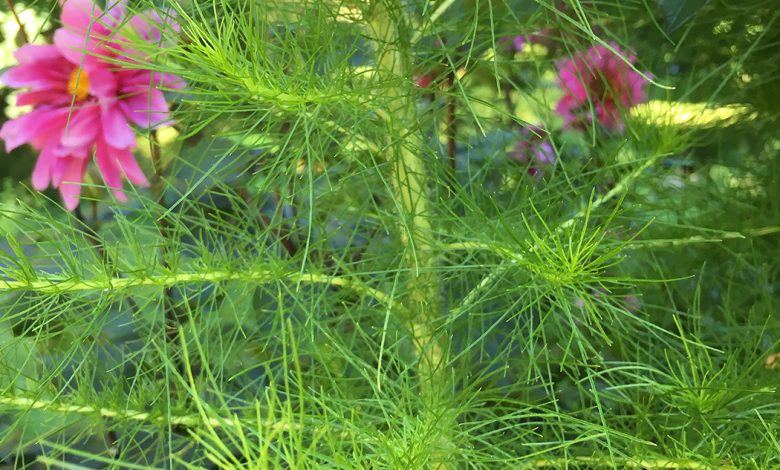
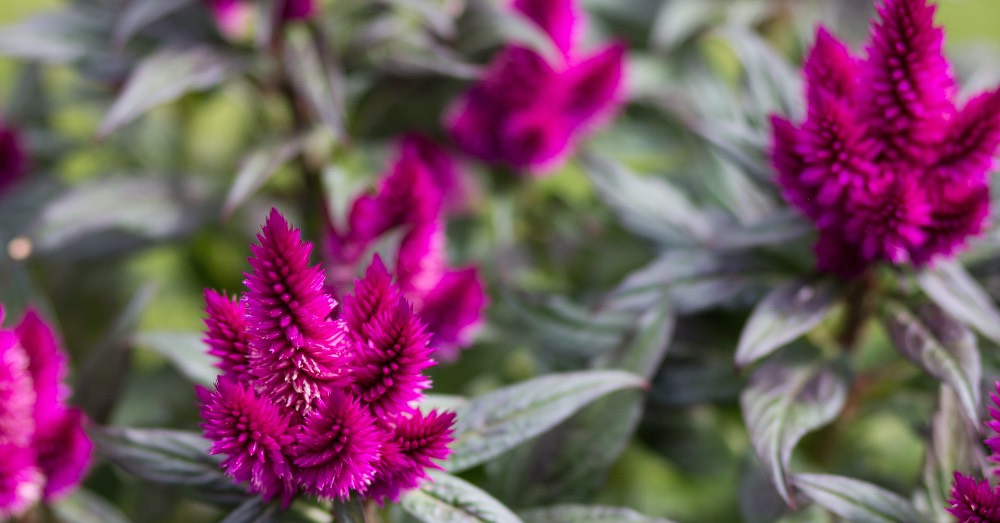
If anything distinguishes the Celosía, it is that it is an extremely striking plant that is easy to care for. One of the seasonal plants that cannot be missing in the garden but also on the balcony or terrace. The reason? Just look at it: the uniqueness of its inflorescences, which grow straight and resemble colorful bird feathers, is reason enough to want to enjoy its beauty. And if we add to its attractiveness that it is not demanding in its needs, we have the answer: you have to enjoy it, yes or yes.
Under the generic name of the Celosía plant, we find approximately 50 species originating from such disparate areas of the world as Asia, America or Africa. Becoming aware of the fascination aroused by the unique natural design of these plants involves knowing some of the names they receive and which refer, fundamentally, to their flowers. Cockscomb, fan or velvet flower are some of the popular names with which it is known. And it is enough to look at its inflorescences to understand that they fit like a glove.
But, aside from curiosities, knowing the Celosía plant and its care in depth is key if we want to enjoy its cheerful range of tones that, from summer to autumn, will fill any space with color.
THE CELOSÍA, WHAT THE PLANT IS LIKE AND WHAT ITS CARE FOR
Although these feathery-looking flowers are the highlight, there are other details of the Celosía plant that should be known and that influence its care. The first of all is that it is an annual herbaceous so, especially if it is planted outdoors, it will die with the arrival of winter. But let no one be alarmed: it is worth knowing that some varieties, such as the Celosía Caracas, can be grown indoors without problems and, above all, without having to say goodbye to it once the summer is over.
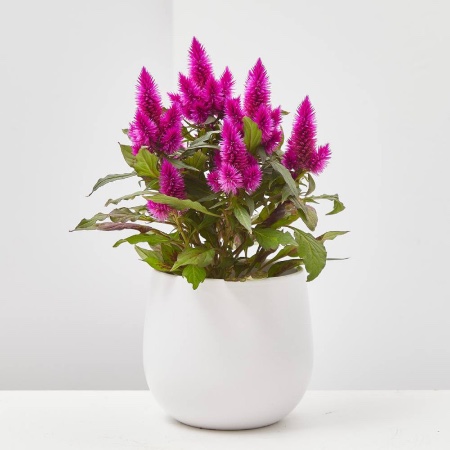
Although its flowering is what draws all the attention, let’s not lose sight of the fact that as a whole it is a plant that we can consider ornamental. The characteristics of their leaves, intensely green and with well-marked nerves, make them the perfect companions to further highlight their range of colors. And not only that: we must also consider that the Celosía is a plant that, with proper care and depending on the variety, can reach between 20 and 50 centimeters in height. A size that we must consider when planting it or placing it in a certain place, since it is fundamentally vertical.
And by the way: a singularity of these plants is that, despite the fact that their flowers wither, they continue to retain their color. Something to consider if we have become fond of how to dry flowers or do not want to give up enjoying their beauty.
1. Abundant and direct light, key in caring for the Celosía plant for its flowering
If the reason for having it among your indoor plants or your outdoor plants is its flowering, do not hesitate: you will have to give it as much light as possible since its exposure is directly proportional to its flowering.
What’s more: don’t be afraid to expose it to direct sun, as long as the location of your plant avoids receiving it in the middle of the day.
2. Good drainage and organic matter, two essential aspects in the soil
One of the care of the Celosía plant that we must pamper the most. Due to its characteristics and need for moisture, we have to provide it with a floor that prevents any waterlogging. If it were to occur, it would most likely ruin the plant beyond repair. To avoid it, there is nothing like ensuring good drainage.
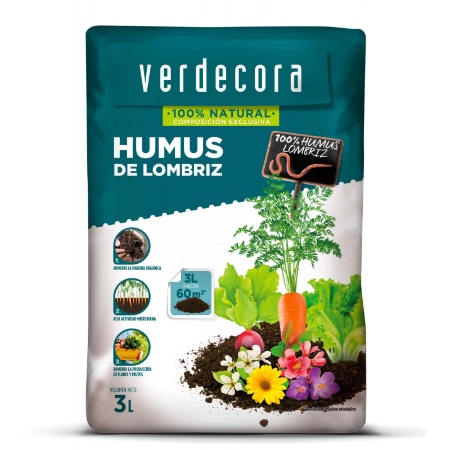
But it is not the only thing we will have to take care of. In addition, the Celosía plant appreciates having a soil rich in organic matter. If we have it planted in a pot and we ask ourselves what soil is best for plants with these characteristics, the answer is clear: one that contains a percentage of perlite. The best help to favor the evacuation of irrigation water and, at the same time, retain the humidity of the substrate.
3. Warm temperature, crucial to stay alive
Although it does not suffer from high temperatures as long as we provide a good degree of humidity, the same does not happen with cold. In those varieties planted outdoors, as is usually done with the Celosía plumosa, the well-being of the plant begins to be compromised when the thermometer is around 10 degrees above zero.
And this gives us an important clue: they do not tolerate frost.
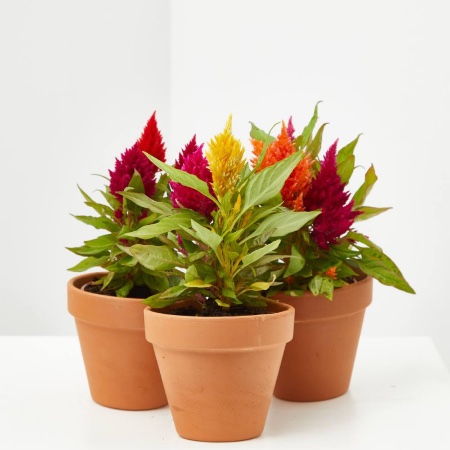
4. Frequent and abundant watering, the most demanding Celosía plant care
Due to its characteristics, it is not only a plant that does not tolerate the slightest drought: it also needs to have a minimally moist substrate. Something that implies in the hot months to follow a rigorous pattern of irrigation every maximum three days.
Rather than being strictly guided by time, we have checked how the planting soil is in the layers below the surface.
5. Remove withered flowers, the only pruning that is required
Promoting the flowering of any plant inevitably involves removing those that have already finished their cycle. Apart from this, if we detect dry stems or in poor condition, it is also convenient to eliminate them.
6. Subscriber in flowering months, fundamental
Another essential care for the Celosía plant for lovers of its flowers. From the beginning of May, we will begin to apply a monthly guideline of liquid fertilizer for flower plants diluted in the irrigation water.
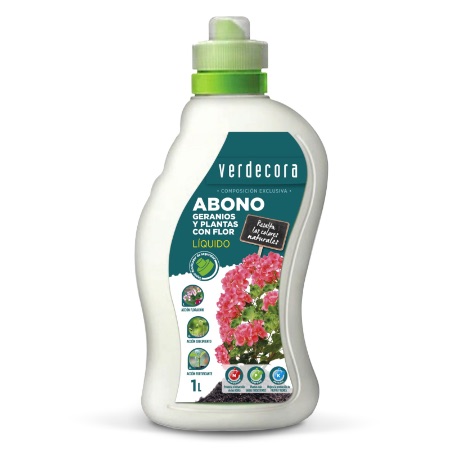
Once the plant has begun to flower, we will intensify the fertilizer schedule by applying a dose every two weeks. But be careful: for it to have the effect we are looking for, we will have to slightly reduce the indicated amount.
7. Pests and diseases, a symptom that something is wrong in the care of the Celosía plant
Complying properly with its care, the Celosía plant is highly resistant to pests. For this reason and if we detect the presence of aphids or mites, we will have to consider that we are making a mistake in its cultivation. What’s more: the mere fact that it goes thirsty from time to time can be synonymous with having to protect Celosía plants from pests. Also keep snails at bay: their new leaves seem especially succulent to them.
But even more worrying is that our Celosía plant will contract a fungal disease such as powdery mildew: a direct consequence of exposing it to excess water, poor drainage, or both. If this is our case, it is essential to stop it as soon as possible with a fungicide for fungal diseases. Only by catching it in time can we stop its progress.
As you can see, the Celosía plant and its care make it extremely easy to enjoy it. A gift of nature capable of animating the saddest pot.

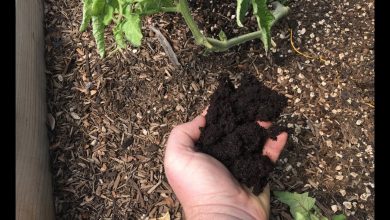

![Photo of Cabbage Fly (Phorbia brassicae): [Characteristics, Detection, Effects and Treatment]](https://www.complete-gardening.com/wp-content/uploads/2022/08/cabbage-fly-phorbia-brassicae-characteristics-detection-effects-and-treatment-390x220.jpg)
![Photo of Crop Rotation: [Concept, Examples, Advantages and History]](https://www.complete-gardening.com/wp-content/uploads/2021/06/rotacion_de_1591285148-390x220.jpg)